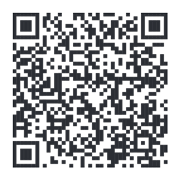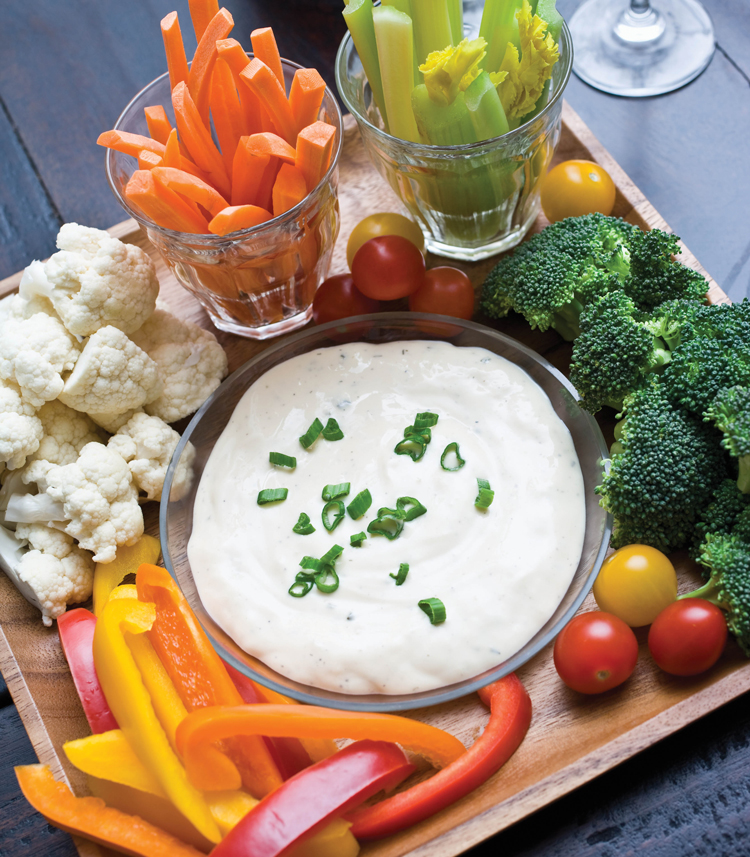


This happened to Kati’s daughter Isabella, whose doctor recommended she eat more high-calorie foods. Kati asked her WIC Nutritionist for help. Here’s what she suggested to help Isabella get more calories:
Adding healthy fats to your child’s diet is the easiest way to increase calories.
*CAUTION: nut butters, especially chunky varieties, can be a choking hazard for children under 4. Don’t give your child spoonfuls of peanut butter. Nut butters can be thinned with applesauce to make them easier to eat.






Overnight oatmeal made with Greek yogurt and whole milk, chopped banana, and cinnamon.
½ cup Whole milk.
TIP: Make enough for several days and prepare in glass jars so it’s easy to grab-and-go.
Sliced cheese with whole-grain crackers.
½ cup juice.
Small taco or tostada with beans and avocado
Melon wedge
Whole milk
Steamed, cooled carrots with ranch dip
Water
Fish sticks or chicken strips with tartar sauce (mayo + relish) or special sauce (mayo + ketchup)
Pasta with extra butter
Spinach with sour cream
½ cup whole milk
Pudding made with whole milk
Install this web app on your iPhone: tap ![]() and then Add to Home Screen.
and then Add to Home Screen.
Side-Lying Hold
This hold is useful when:
Cross-Cradle Hold
This hold is useful when:
Clutch or “Football” Hold
This hold is useful when:
Cradle Hold
This hold is useful when:
Laid-Back Hold
This hold is useful when: